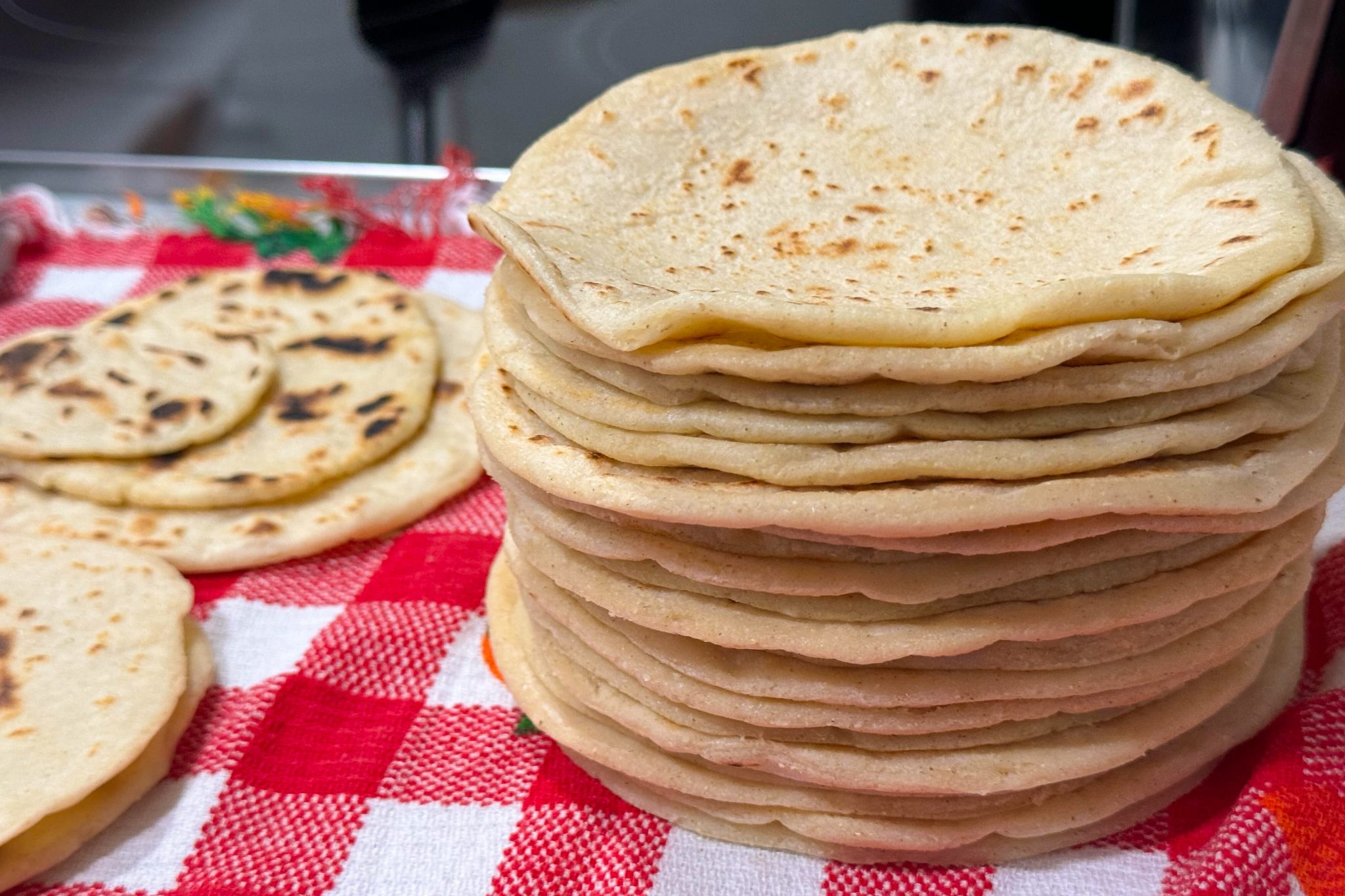Despite being a diverse set of countries, people from all over Latin America share and admire each other’s cuisine. We’re connected through a deep understanding in the Latinx community that food is undoubtedly an integral part of our culture, despite other differences.
“You go to a Hispanic household and the first thing they offer you is like if you want coffee, you want something to eat,” Darlene Pineda Fandino, a sophomore cell biology and genetics major, said. “We all might come from different countries within Central or South America, [but] we all come together as one because we share a similar pattern.”
The University of Maryland features a diverse Latinx student population, each with their own favorite dish. One of my favorite Salvadoran dishes is panes con pollo — I’ll bet you thought I would say pupusas.
[Charli xcx declared the end of Brat summer. It’s still going anyway]
It’s a chicken sandwich but a hundred times better. You make it on what Salvadorans call “pan Frances,” which translates to “French bread.” Then, add toppings on top of the delicious, salsa-soaked chicken and repollo, a flavorful of cabbage. My go-to toppings are sliced hard boiled eggs, beets, radishes and cucumbers.
This isn’t a dish my family makes often due to the long day of preparation involved. It’s become a meal reserved for special occasions or celebrations, such as high school graduations or birthdays.
Jesus Quintana, a junior aerospace engineering major, said the same about his favorite Bolivian dish — a peanut soup named sopa de maní. Quintana said the sopa has a crunchy texture that he can’t get anywhere else, and he loves the flavor that comes from adding pastas, potatoes and vegetables.
“I’m excited for it … Either we eat it when we’re celebrating something or when we’re in a good mood. So it’s like a comfort food that’s done at home,” Quintana said. “I’d say [we eat it] maybe like once every couple months.”
Randi Whitehurst, a senior management major, praised Peru’s historic, rich food culture. She mentioned mazamorra morada, a dessert made with purple corn — an ingredient that held significance for the Incas.
Another one of Whitehurst’s favorite dishes is pescado a lo macho, a traditional fish stew that could also have mussels, calamari or octopus. She called it her comfort food, even though it is only made for special occasions because of expensive ingredients.
“All the history that [Peruvian food] has, and the time and preparation that it takes to even make one dish, I think it’s very special,” Ashley Neyra, a junior journalism major and fellow Peruvian, said. “I’m just very lucky to have that passed down to me.”
Neyra holds ají de gallina, a dish from her childhood, close to her heart. The minced chicken dish is made in a spicy sauce and typically served with potatoes, eggs and black olives. Her dad always made this Peruvian dish when Neyra was younger, which allowed her to get a taste of her culture, she said.
Pineda Fandino’s favorite cultural food is sancocho. Pineda Fandino has fond memories gathering ingredients when she lived with her grandmother in Colombia to make the “weekend staple” dish, which features potatoes, plantains and yuca with rice, alcaparras, also known as capers, and avocados.
[UMD student pickle company honors founders’ friendship]
“I was very young, but she would always sit me down next to her in a car seat almost, and I would just watch her cook,” Pineda Fandino said. “And she’d be there, and she’d be singing, and she’d have me taste every little thing. I just thought it was like a very special bonding moment between me and my grandma.”
Pineda Fandino appreciated the amount of work to create her favorite dish and others in Latin America because of its ability to bring families together. Quintana echoed Pineda Fandino’s thoughts.
“It’s a big part of who we are,” Quintana said. “It’s a one-of-a-kind thing. That’s what makes it so important because it defines the beautiful aspects of our culture.”



